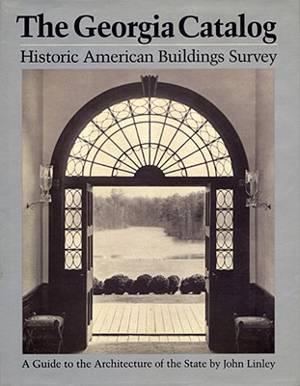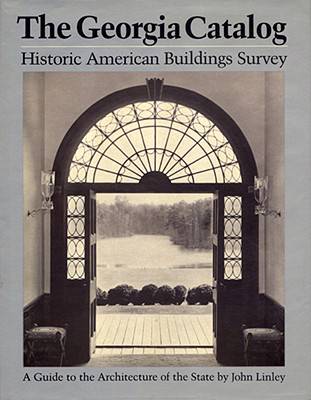
Vous voulez être sûr que vos cadeaux seront sous le sapin de Noël à temps? Nos magasins vous accueillent à bras ouverts. La plupart de nos magasins sont ouverts également les dimanches, vous pouvez vérifier les heures d'ouvertures sur notre site.
- Retrait gratuit dans votre magasin Club
- 7.000.000 titres dans notre catalogue
- Payer en toute sécurité
- Toujours un magasin près de chez vous
Vous voulez être sûr que vos cadeaux seront sous le sapin de Noël à temps? Nos magasins vous accueillent à bras ouverts. La plupart de nos magasins sont ouverts également les dimanches, vous pouvez vérifier les heures d'ouvertures sur notre site.
- Retrait gratuit dans votre magasin Club
- 7.000.0000 titres dans notre catalogue
- Payer en toute sécurité
- Toujours un magasin près de chez vous
The Georgia Catalog
Historic American Buildings Survey. a Guide to the Architecture of the State
John Linley
53,45 €
+ 106 points
Description
From the elegant townhouses of Savannah to the towering hotel and office complexes of Atlanta, the state of Georgia has a distinguished architectural tradition. No other work documents this rich heritage as comprehensively as The Georgia Catalog.
Prepared under the auspices of the Historic American Buildings Survey, this carefully researched and beautifully illustrated volume will be an invaluable resource for architects, preservationists, historians, and those who own the historic houses or who simply are interested in Georgia's architectural legacy. The book is in two parts. The first is a history of and guide to the architecture of the state. John Linley begins his survey with the remains of prehistoric civilization and the architecture of the first European settlers. He traces the development of a native architecture in the state, the flowering of the Greek Revival style, the functional architecture of commerce and industry, and the energy and imagination of urban architecture in the late twentieth century. The text reflects the author's interest in the rationale and logic that produced the architecture and in the lessons that the past has for the present and the future. He also emphasizes the influence of climate, ecology, landscape, and city planning on both historic and contemporary architecture. The second section of The Georgia Catalog is a complete, updated listing of nearly four hundred sites in the Historic American Buildings Survey. Each entry gives the precise location of the site; a brief description of the structure; the date of construction and the name of the architect, if known; changes in name structure, or location of the building; its present condition; any facts of historical significance; and the number and dates of drawings, photographs, and data sheets in the HABS collection at the Library of Congress. To add to its value as a guide, the volume also includes a glossary of architectural terms and a list of Georgia properties that are included in the National Register of Historic Places, have been designated National Landmarks, or are part of the Historic American Engineering Record.Spécifications
Parties prenantes
- Auteur(s) :
- Editeur:
Contenu
- Nombre de pages :
- 416
- Langue:
- Anglais
- Collection :
- Tome:
- n° 15
Caractéristiques
- EAN:
- 9780820306148
- Date de parution :
- 01-10-82
- Format:
- Livre broché
- Format numérique:
- Trade paperback (VS)
- Dimensions :
- 179 mm x 229 mm
- Poids :
- 861 g







